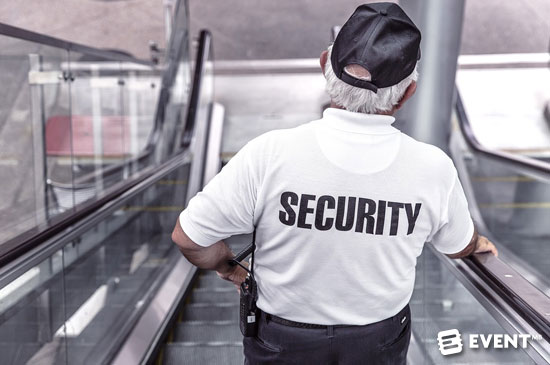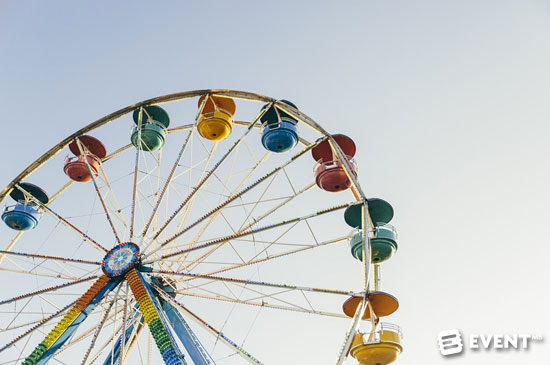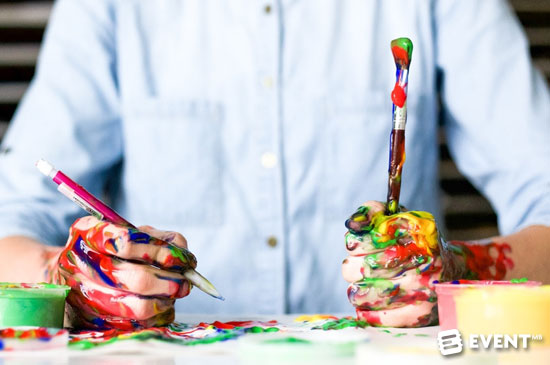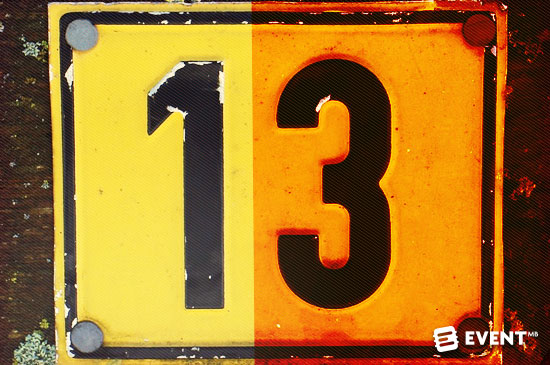With pressure to innovate, people often want to shrug off everything that worked in the past. But it’s not necessary to throw everything away. Here are 13 ideals for the event industry that we need now more than ever.
Event professionals have been examining all sorts of angles trying to figure out the keys to what is working and what is not for the industry. No matter where we go in the future, it’s important to adhere to some of the traditions that attendees enjoy and continue our path towards some of the progress we’ve made. Here are some things we’re hoping never go away and others we need to keep working towards and investing in:
Diversity (in speakers and attendees)

Diversity is something the industry has taken criticism for in the past for our speaker selections, attendees, and event teams. Not only do we need to create more diversity in speaker selection but also be sensitive to the calendar – avoiding hosting events over religious holidays – and the needs of our attendees. Interfaithcalendar.com can give you religious holidays through to 2021. Scheduling is important, and we also need to consider menus and venue design (for example prayer rooms).
Security

There are very few event professionals who don’t understand the importance of security. But whereas security used to be concerned mainly about things like theft, the issues are far greater now and involve large-scale safety concerns. From host cities with riots and gun violence to terrorist concerns, security is a much larger piece of events these days. Advanced training in crisis management and active shooter situations are, sadly, now part of the requirements.
Access
Especially as we reach out to new and non-traditional venues, accessibility is important. Creating more accessible events also means greater diversity in attendees. Accessibility in today’s terms is about more than just physical accessibility. We have a responsibility as event professionals to ensure all of our materials and presentations are accessible to our audiences. This may mean captioning, or signing presentations, or having alternative formats for printed materials, including languages. In addition to materials and physical accessibility of the venues, virtual accessibility adds an entirely new dynamic and reach to events.
Virtual/Hybrid Options
This is probably one of the most exciting changes in the industry because it increases access to events as well as improves your marketing, in a non-marketing way. Many conferences and meetings are making materials available to those who can’t be in physical attendance. Here are some of the options in doing so:
Offer a virtual ticket. This is a ticket attendees pay for. They get full virtual access to the events live and get the recordings or videos afterwards.
Free recordings post event. Often this is provided to attendees of the event so they can review what they learned at the conference when they return home. Some planners encourage them to share it with their offices/peers.
Hybrid combinations. These virtual experiences allow for virtual attendance/access to some of the sessions but not all. Content Marketing World is offering this during their September meeting. Several of the big name sessions and the keynotes (including Mark Hamill’s) are broadcast free for anyone interested.
The Content Promotion Summit, which is a completely virtual event tried another unusual approach with its learning sessions. It was a 2-week program with about eight speakers each day. It was free to “attend” and watch as many of the video presentations as you’d like but you only had 48-hours to view them from the time they were posted each day. After that, they were locked. Attendees could buy a pass to have full access all the time for everything.
Sustainability

Sustainability and green events are hot trends but also important things we should carry into the future of event planning. From décor to hiring local speakers, instead of those who are flying in from out-of-town or overseas, from paperless events to serving sustainable foods, and encouraging attendees to use public transportation in the host city, there are numerous ways to do our part to ensure we are using our resources in smart ways. Choosing venues that are dedicated to sustainability is also a way to meet your own commitment to eco-friendly events.
We’re seeing a number of events set precedents such as the Glasgow 2014 Commonwealth Games, which were the first Commonwealth Games to meet the ISO 20121 sustainability standard. They created a zero waste to landfill initiative where all leftover food waste was composted along with disposable cutlery and the furniture and equipment were reused from London’s 2012 Olympics.
Innovation
Social media and technology have changed the way we communicate and make purchases. It’s even changed our buyer and user experience expectations. Attendees’ personal lives affect their expectations at our events. Even their experience at retailers like Amazon spills over into their expectations of the electronic shopping cart they use to purchase their event tickets. That’s why innovation is essential to this industry.
Risk-taking

This goes hand-in-hand with innovation. There aren’t any safe innovations. Safe innovations are referred to as next steps, not something innovative. Risk-taking is at the center of providing guests an amazing experience. But the risks we take needn’t be without understanding. We don’t have to be “risky” for risk’s sake. We now have data about attendee preferences, as well as buying behavior and activity history. Our risk-taking is informed and the better for it.
Personalization
This is another carry over from attendees’ personal lives. Big brands are creating personalized experiences. Siri greets us. Amazon, Netflix, and Hulu make suggestions for us based on past actions. People don’t want or expect to be treated like a number anymore. Everyone is special. If you offer the same cookie-cutter experience to every attendee, it won’t be long before they find someone who doesn’t. Personalization is a way for the event professional to show appreciation.
An Eye on the Experience

Creating an amazing experience is about more than making attendees happy. The experience is now a component of your marketing. Create a great experience, achieve incredible word-of-mouth marketing. Offer a lackluster one and you’ll probably have more people talking but it won’t be the kind of talk that recruits attendees. Experience doesn’t have to be Vegas- or Disney-style. It can be the culmination of all the little details. But it can also be big and fantastic, like these examples.
Attention to Detail
“The devil is in the details,” they say. Attendees want to believe an event is as advertised. Details are those little things that begin to erode that confidence and trust. But it goes the other way too. With extraordinary attention to detail, you can provide an experience that seems a lot more luxurious than your budget allowed for.
Creativity

Creative problem solving is a necessity in the event industry. There’s no planning for the types of crazy, unexpected questions and concerns that arise. Being flexible and training your staff in exceeding attendee expectations is the best way to help them understand there’s more than one way to answer a question.
Free WiFi
It may cost you more but it’s one of those attendee details that is now an expectation. If you don’t meet “expectations,” things go downhill from there.
Co-creation
The days of presenters being the unquestioned knowledge dispensers are ending. Event professionals are noticing the exciting dynamic that occurs with greater audience participation. No longer is it the same presentation city to city on a published author’s speaking tour. With audience questions and interactions, each session is different, and that’s a great thing.
In Conclusion
This is an incredibly exciting time to be an event professional. The industry continues to go through changes that challenge us to provide innovative experiences. What will you do next?





